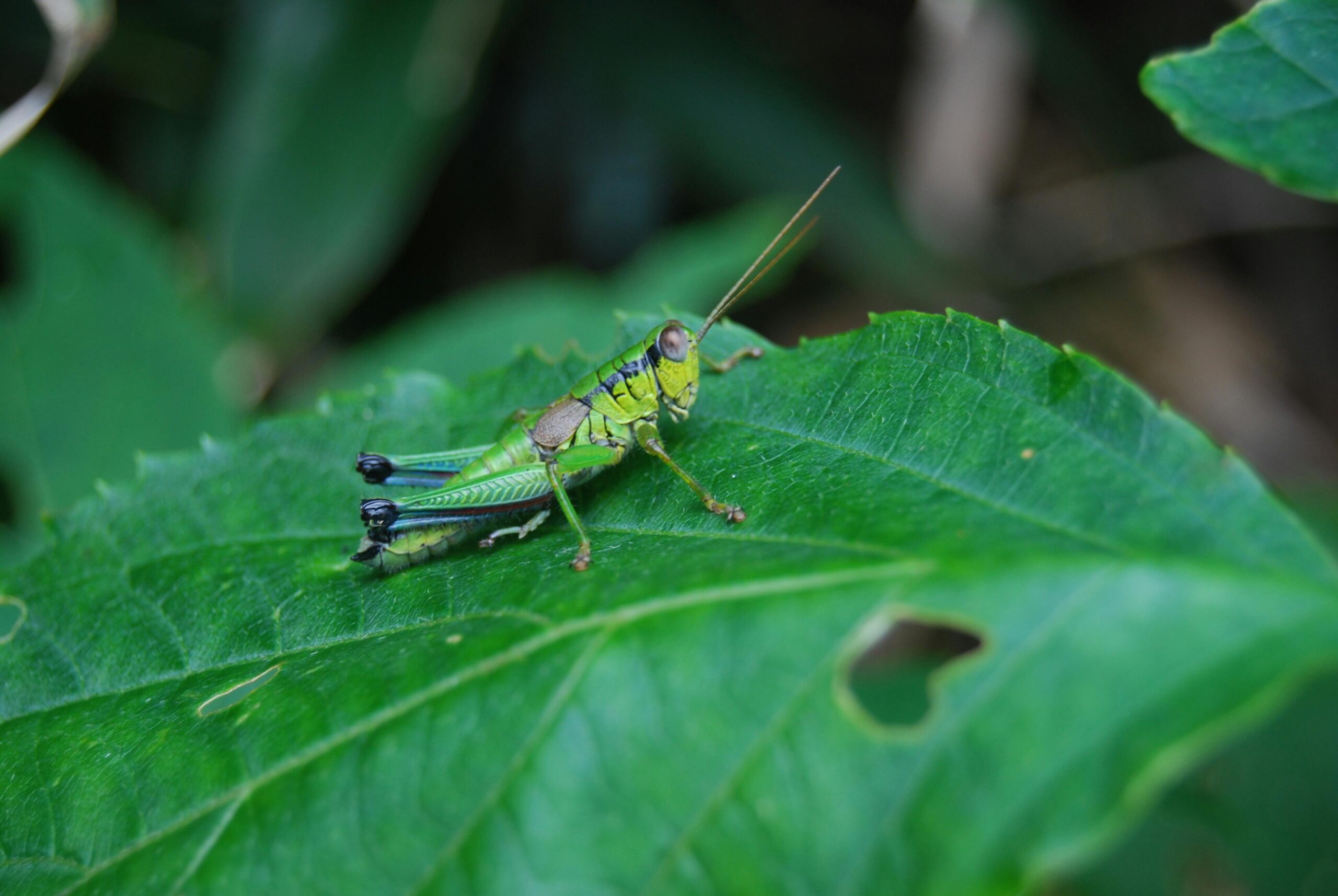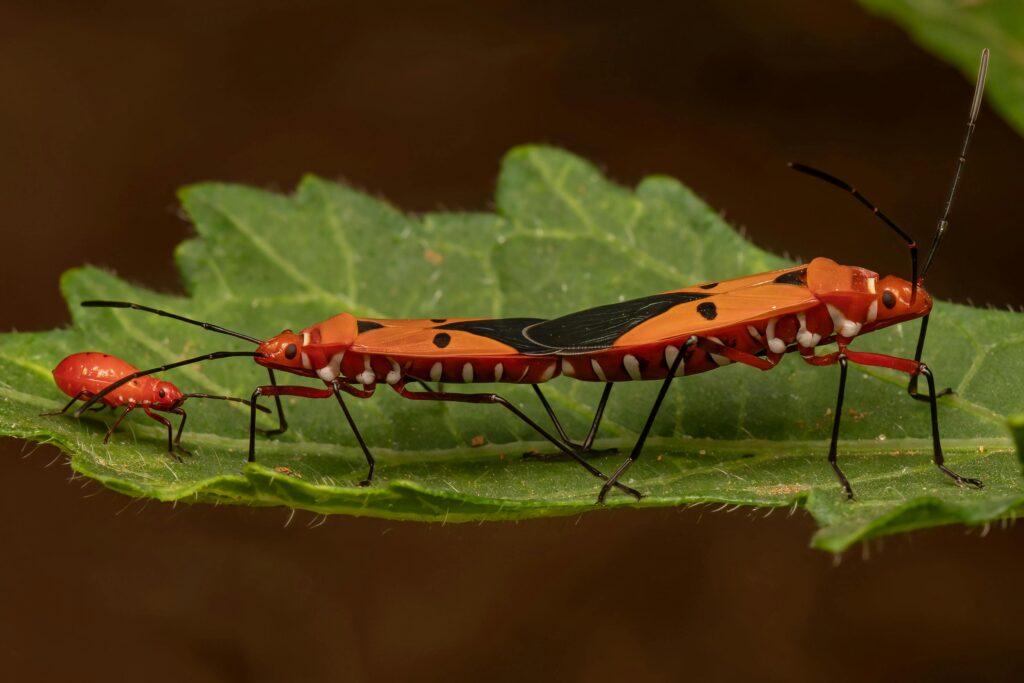
As the vibrant colors of spring bloom and the warm sun beckons us outdoors, gardeners eagerly venture back into their lush green spaces. However, with the onset of spring also comes the resurgence of garden pests that can wreak havoc on our beloved plants. From pesky aphids to voracious caterpillars, these invaders can quickly turn our flourishing gardens into a battleground.
In this article, we will delve into the world of spring garden pests and explore effective strategies to protect your garden oasis. From identifying common pests to natural solutions for pest control, you will learn how to keep your plants healthy and thriving throughout the spring season. So, grab your gardening gloves and join us on this journey to conquer the pests that threaten your spring garden paradise.
Understanding and Mitigating the Impact of Garden Pests in Spring
Springtime brings a burst of new life and growth to our gardens, but it also heralds the return of garden pests that can wreak havoc on our plants. Understanding the importance of effectively managing garden pests in the spring is crucial to maintaining a healthy and thriving garden.
According to a study conducted by the National Gardening Association, garden pests cause an estimated $2.5 billion in damages to crops and plants each year in the United States alone. This staggering figure underscores the significant impact that pests can have on the health and productivity of our gardens. By being proactive and implementing pest management strategies early in the spring, gardeners can significantly reduce the risk of extensive damage to their plants.
One notable success story in mitigating the impact of garden pests in the spring is that of a community garden in a suburban neighborhood. Faced with an infestation of aphids and caterpillars that were decimating their vegetable crops, the gardeners banded together to research and implement organic pest control methods. By introducing beneficial insects, such as ladybugs and lacewings, and using homemade garlic spray, they were able to effectively reduce the pest population and protect their crops. This proactive approach not only saved their garden but also fostered a sense of camaraderie among the gardeners.
In conclusion, understanding the behavior of garden pests in the spring and taking proactive measures to manage them is essential for preserving the health and beauty of our gardens. By staying informed, implementing effective pest control strategies, and fostering a sense of community, gardeners can successfully mitigate the impact of garden pests and enjoy a vibrant and thriving garden throughout the spring season.

How to Address Garden Pests Step by Step
Content: Dealing with garden pests can be a challenging task, especially during the spring season when they tend to be more active. However, by following a systematic approach, you can effectively manage and control these unwanted visitors. Here is a step-by-step guide on how to address garden pests in your garden:
1. Identify the Pest: The first step in addressing garden pests is to accurately identify the pest causing damage to your plants. Take the time to observe the symptoms, such as chewed leaves, holes in the foliage, or wilting plants. You can also use online resources, pest identification guides, or consult with local gardening experts to determine the culprit.
2. Research the Pest: Once you have identified the pest, it is essential to research its habits, life cycle, and vulnerabilities. Understanding the pest’s behavior will help you choose the most effective control methods and prevention strategies. Look for information on organic solutions, natural predators, and chemical treatments that are safe for your plants and the environment.
3. Implement Control Measures: Based on your research, select the most suitable control measures to manage the garden pests effectively. This can include physical barriers, such as row covers or traps, cultural practices like crop rotation or companion planting, biological controls such as introducing beneficial insects, or targeted use of pesticides as a last resort. Make sure to apply control measures according to the pest’s life cycle for optimal results.
4. Monitor and Evaluate: After implementing control measures, regularly monitor your garden for any signs of pest activity and evaluate the effectiveness of your chosen methods. Adjust your approach as needed to ensure ongoing pest management. Keep track of the pest population, plant health, and any changes in pest behavior to make informed decisions.
5. Prevent Future Infestations: To prevent future infestations of garden pests, focus on building a healthy and resilient garden ecosystem. Practice good garden hygiene by removing debris, weeds, and diseased plants regularly. Encourage biodiversity by planting a variety of species to attract beneficial insects and wildlife that can help control pest populations naturally. Additionally, consider using pest-resistant plant varieties and implementing sustainable gardening practices to create a balanced ecosystem.
By following these steps and staying proactive in your approach to pest management, you can effectively address garden pests in your garden and promote thriving plant growth during the spring season. Remember that patience and persistence are key when dealing with garden pests, and a well-maintained garden will reward you with beautiful and healthy plants for years to come.
Tips for Dealing with Spring Garden Pests:
✅ Plant companion plants: Certain plants can naturally repel pests, so consider companion planting to deter garden pests. ❌ Avoid overwatering: Excess water can attract pests like fungus gnats and aphids, so be mindful of your watering schedule. 💡 Extra tip: Regularly inspect your plants for any signs of pest infestation to catch and address issues early on.
✅ Encourage natural predators: Invite beneficial insects like ladybugs and lacewings to your garden to help control pest populations. ❌ Don’t overcrowd plants: Crowded plants are more susceptible to pest infestations, so space them out accordingly. 💡 Extra tip: Use organic pesticides as a last resort and follow application instructions carefully.
✅ Keep your garden clean: Remove debris and fallen leaves where pests can hide and breed. ❌ Avoid using synthetic chemicals: Harsh chemicals can harm beneficial insects and disrupt the ecosystem of your garden. 💡 Extra tip: Practice crop rotation to prevent the buildup of pest populations in the soil.
✅ Use physical barriers: Install row covers or plant collars to protect your plants from pests like caterpillars and slugs. ❌ Don’t ignore early signs of pest damage: Act quickly at the first sight of pest damage to prevent further infestation. 💡 Extra tip: Encourage birds to visit your garden by providing bird baths and feeders to help control pests.
Concepts Key
In the vibrant season of spring, gardeners eagerly prepare their outdoor spaces for a flourishing display of colorful blooms and lush foliage. However, amidst this natural beauty, gardeners may encounter a common challenge: garden pests. These pests, known as garden pests, can wreak havoc on plant health and aesthetics if left unchecked. Understanding the key concepts related to garden pests in spring is essential for maintaining a thriving garden ecosystem.
1. Lifecycle of Garden Pests:
Garden pests encompass a diverse range of insects, mites, and small animals that can cause damage to plants. In spring, many pests emerge from hibernation or eggs laid in the previous season. Understanding the lifecycle of common garden pests, such as aphids, caterpillars, and beetles, can help predict their presence and take preventive measures.
2. Plant Susceptibility:
Not all plants are equally vulnerable to garden pests. Some species are more prone to specific pests due to factors such as scent, color, or nutritional content. For example, plants in the rose family are often targets for aphids, while leafy greens may attract cabbage worms. Recognizing which plants are susceptible to which pests is crucial for effective pest management.
3. Integrated Pest Management (IPM):
Integrated Pest Management is a holistic approach to pest control that combines cultural, biological, and mechanical strategies with the careful use of pesticides when necessary. By promoting beneficial insects, rotating crops, and practicing good sanitation, gardeners can reduce pest populations without relying solely on chemical interventions.
4. Beneficial Insects:
Not all insects in the garden are pests; some are beneficial allies in pest control. Ladybugs, lacewings, and parasitic wasps are natural predators that feed on common garden pests. Encouraging a diverse population of beneficial insects can help maintain balance in the garden ecosystem and reduce the need for chemical interventions.
5. Companion Planting:
Companion planting is a gardening strategy that involves planting different species in close proximity to enhance growth and repel pests. Certain plants emit natural compounds that deter specific pests, while others attract beneficial insects. For example, planting marigolds near tomatoes can help repel nematodes and aphids.
6. Organic Pest Control Methods:
Organic pest control methods focus on using natural substances and practices to manage pest populations without harming the environment. Techniques such as neem oil sprays, diatomaceous earth, and homemade insecticidal soaps can effectively target garden pests while minimizing the impact on beneficial insects and wildlife.
7. Monitoring and Early Detection:
Regular monitoring of plants for signs of pest damage is essential for early detection and intervention. Look for chewed leaves, stippling, wilting, or the presence of eggs or larvae on plant surfaces. By identifying pest problems early, gardeners can implement control measures before infestations become severe.
In conclusion, navigating the world of garden pests in spring requires a combination of knowledge, observation, and strategic planning. By understanding the key concepts related to pest lifecycles, plant susceptibility, integrated pest management, beneficial insects, companion planting, organic pest control methods, and monitoring techniques, gardeners can cultivate a healthy and resilient garden ecosystem. Embracing these concepts will not only protect plants from pests but also foster a harmonious relationship between nature and cultivation in the garden.
🌿 FAQ – Garden Pests in Spring 🌷
❓ What are the most common garden pests in spring? Spring is a time when pests become more active in the garden. Some of the most common garden pests during this season include aphids, snails, slugs, and caterpillars.
❓ How can I identify garden pests in my garden? To identify garden pests, you should regularly inspect your plants for any signs of damage, such as holes in leaves, wilting plants, or the presence of small insects. You can also use traps or sticky tapes to capture pests for identification.
❓ What are some natural methods to control garden pests in spring? There are several natural methods to control garden pests in spring, such as introducing beneficial insects like ladybugs or lacewings, using organic insecticidal soaps, neem oil, or diatomaceous earth, planting pest-repellent plants like marigolds or garlic, and practicing crop rotation.
❓ How can I prevent garden pests from infesting my garden in spring? To prevent garden pests from infesting your garden in spring, it is important to maintain good garden hygiene by removing any debris or weeds that can attract pests, watering plants in the morning to prevent fungal diseases, and regularly inspecting and monitoring your plants for any signs of pest infestations.
❓ Are chemical pesticides necessary to control garden pests in spring? While chemical pesticides can be effective in controlling garden pests, they can also be harmful to beneficial insects, pets, and the environment. It is recommended to try natural and organic methods first before resorting to chemical pesticides in spring.
